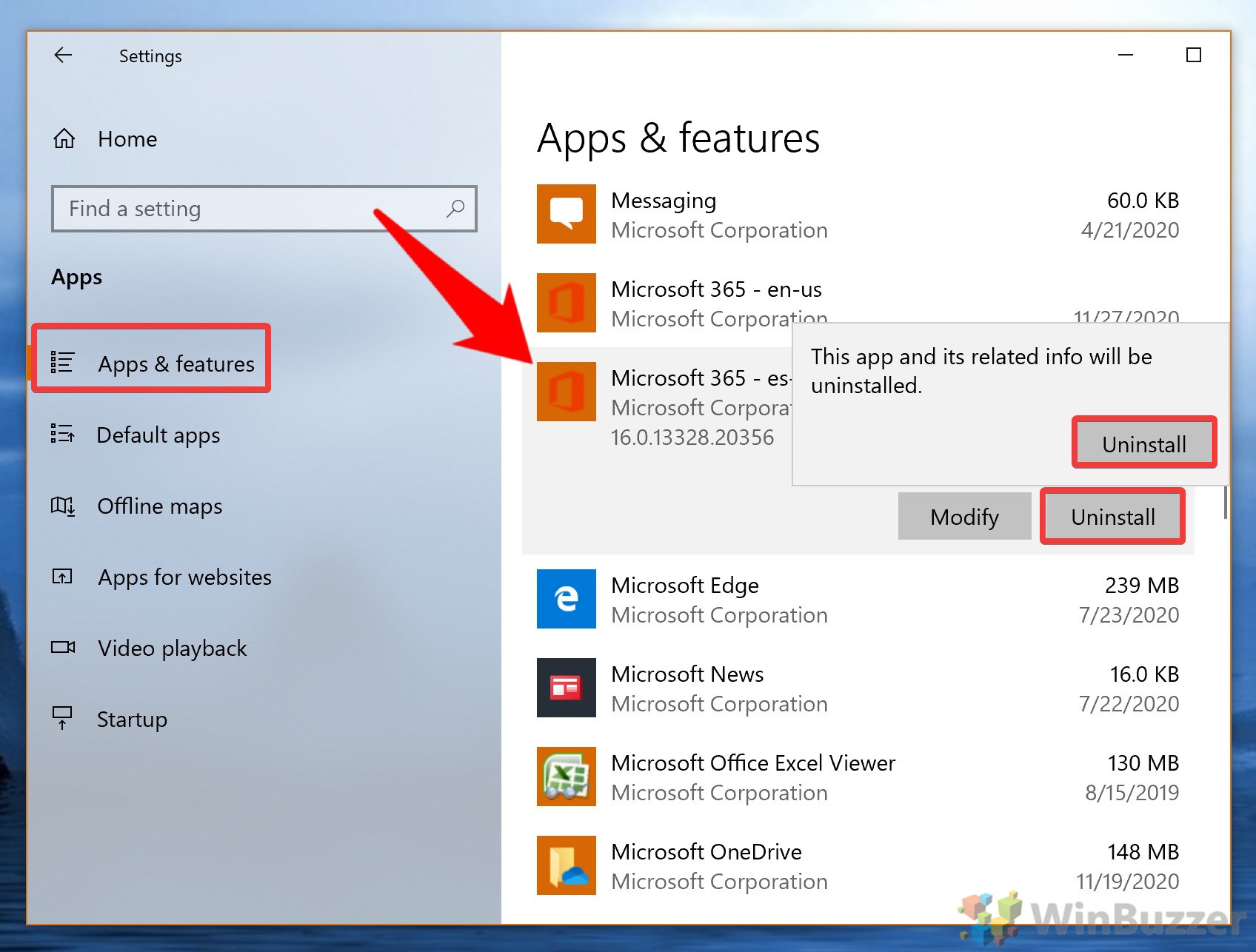
If salicylic acid and freezing medicine don't work, your health care provider may suggest one or more of the following treatments: It might take weeks to remove the wart using this method. Your health care provider will likely suggest you apply the medicine regularly at home, followed by occasional office visits. They may also boost your immune system's ability to fight the wart. Prescription-strength wart medications with salicylic acid work by removing a wart a layer at a time.

Stronger peeling medicine (salicylic acid). Possible side effects of cryotherapy are pain, blisters and permanent changes in skin color (hypopigmentation or hyperpigmentation), particularly in people with brown or Black skin. You may need to return to the clinic for repeat treatments every 2 to 3 weeks until the wart disappears. Cryotherapy may also stimulate your immune system to fight viral warts. The freezing causes a blister to form around your wart, and the dead tissue sloughs off within a week or so. This method can be painful, so your health care provider may numb the area first. Cryotherapy is done in a clinic and involves applying liquid nitrogen to the wart, either with a spray or a cotton swab. Using one or more of the following treatments may help:įreezing medicine (cryotherapy). If you want to get rid of warts sooner, and self-care approaches haven't helped, talk with your health care provider.

Most plantar warts are harmless and go away without treatment, though it may take a year or two in children, and even longer in adults.


 0 kommentar(er)
0 kommentar(er)
